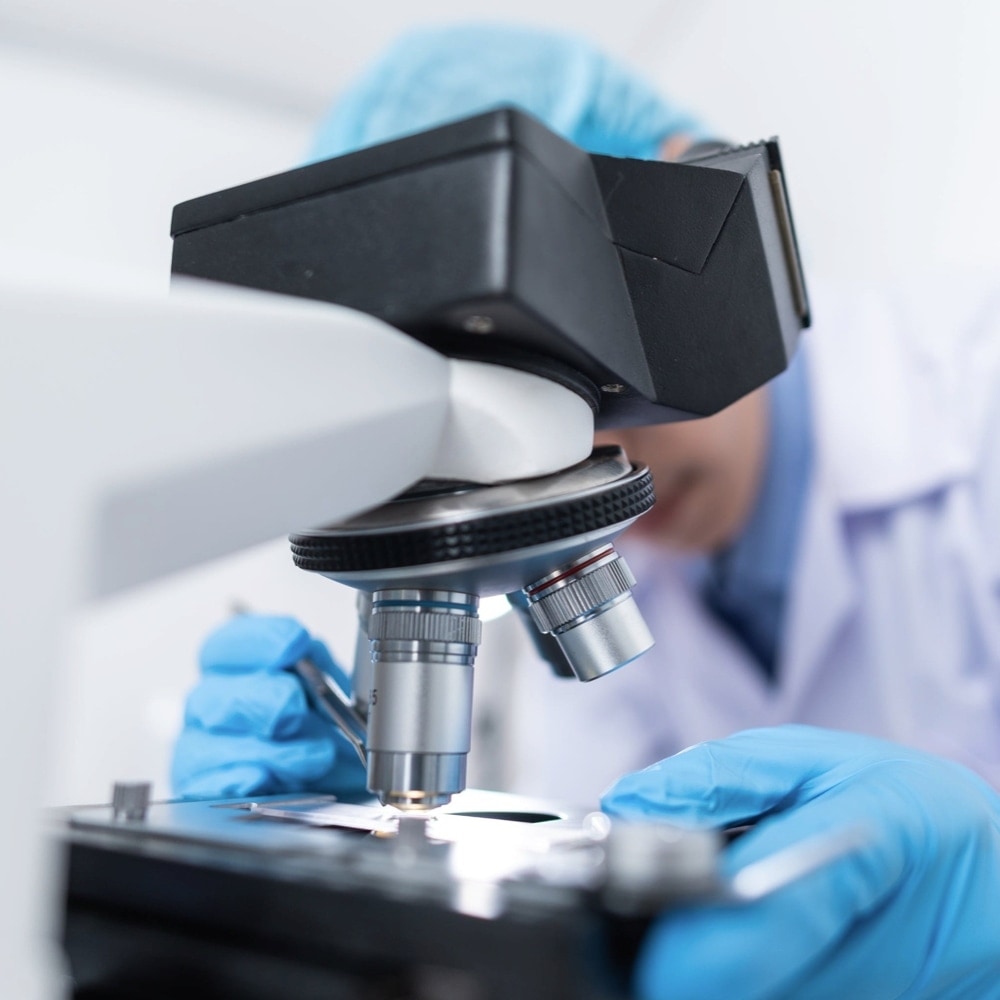Your cart is currently empty!

Check Micro
79.00€
Untreated water and badly insulated or poorly maintained water cisterns and tanks are exposed to large chunks of dirt or to small animals which may increase the presence of microorganisms.
Our water analysis, CHECK MICRO, identifies the microorganisms commonly found in drinking water.
Purchase instructions:
- If you want to complete your analysis, select the personalized options FIRST.
- Add product to cart
What parameters are included in the analysis?
BA
Aerobic bacteria grow and survive in an oxygenated environment. This parameter is an indicator because the majority of existing bacteria require oxygen for survival and, as a result, are omnipresent, i.e., found in any type of environmental conditions (air, soil, water, etc.). In untreated water, bacterial presence may be strong.
Regarding drinking water, aerobic bacteria assess the effectiveness of water disinfection. Bacterial presence does not necessarily mean that water quality is poor. According to Drinking Water Regulations (Royal Decree 140/ 2003), the concentration of aerobic bacteria in fully treated drinking water can be of 100 cfu/ml (cfu= colony-forming units) if there are no significant changes in the water distribution systems.
Regarding drinking water, aerobic bacteria assess the effectiveness of water disinfection. Bacterial presence does not necessarily mean that water quality is poor. According to Drinking Water Regulations (Royal Decree 140/ 2003), the concentration of aerobic bacteria in fully treated drinking water can be of 100 cfu/ml (cfu= colony-forming units) if there are no significant changes in the water distribution systems.
CP
Clostridium perfringens is a spore-forming bacterium highly resistant to unfavorable conditions as well as disinfection processes. It is ever present in feces from animals; it can be detected in up to 100% of the feces from dogs.
The presence of clostridium perfringens are determined in drinking water. This parameter is measured in cfu (colony forming units) in a specified volume (100 ml or 250 ml).
The maximum level of clostridium perfringens in drinking water is 0 cfu/100ml.
The presence of clostridium perfringens are determined in drinking water. This parameter is measured in cfu (colony forming units) in a specified volume (100 ml or 250 ml).
The maximum level of clostridium perfringens in drinking water is 0 cfu/100ml.
CT
Total coliform bacteria can not only occur in human or animal feces but also can be found in the environment. They are, on the one hand, indicators of microbiological contamination and, on the other hand, their presence provides evidence regarding the adequacy of disinfection.
This parameter is measured in cfu (colony forming units) per 100 ml or 250 ml volume.
The maximum acceptable concentration of total coliforms in drinking water is 0 cfu/100ml.
This parameter is measured in cfu (colony forming units) per 100 ml or 250 ml volume.
The maximum acceptable concentration of total coliforms in drinking water is 0 cfu/100ml.

